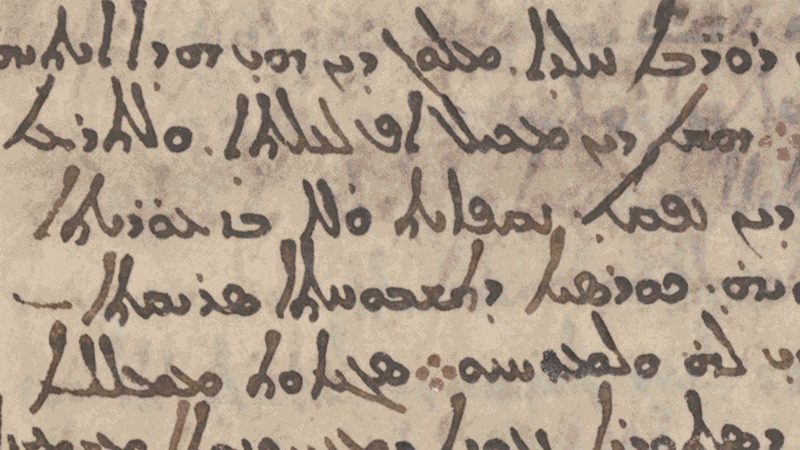Oldest star map ever might have finally been unearthed
The discovery has also revealed star coordinates, meaning Hipparchus was the first to use them for determining the positions of those stars.

Until now, the closest anyone has gotten to seeing the legendary star catalog of ancient Greek astronomer Hipparchus is the stone globe forever shouldered by the Farnese Atlas statue, but the text itself was hiding somewhere else.
The map of what Hipparchus saw in the night sky reached almost mythical status. He supposedly composed it around 170 to 120 BC, making it the oldest known map of stars, but the text itself had never actually been found. When an international team of researchers noticed faint letters beneath the writing in a parchment from an Egyptian monastery, they suspected there was more to investigate. It turned out to be a palimpsest, a document that was reused by erasing old content and writing over the ghosts of those words. That was when they knew they had something.
"This new evidence is the most authoritative to date and allows major progress in the reconstruction of Hipparchus' star catalogue," the researchers said in a study.
Related: Star maps through the ages: A Q&A with the author of 'The Sky Atlas'
Beneath Christian writings in the parchment known as the Codex Climaci Rescriptus were ancient Greek letters belonging to fragments of the Hipparchus map. They were reconstructed using multispectral imaging, which made them visible in different wavelengths of light, and combinations of wavelengths were tested to see which made the underlying words most visible.
This find has debunked the idea that ancient astronomer Claudius Ptolemy copied Hipparchus in his own star catalogue. "Many people think that Hipparchus was the truly great discoverer," science historian and one of the study's authors Victor Gysembergh said in a statement, whereas it's commonly assumed Ptolemy was "an amazing teacher" who copied his predecessors' work.
The discovery has also revealed star coordinates, meaning Hipparchus was the first to use them for determining the positions of those stars. He was also able to make out how the moon was orbiting Earth as well as the movements of the sun.
Get the Space.com Newsletter
Breaking space news, the latest updates on rocket launches, skywatching events and more!
Nobody before Hipparchus had ever attempted a star map that spanned the entire visible sky, and there was also no knowledge of Earth's precession until he figured it out. As it rotates, Earth will tilt on its axis by one degree once every 72 years. This is precession. Hipparchus showed knowledge of this by observing how the positions of the stars above changed slightly. By backtracking through previous precessions, the researchers were able to prove that the original writing on the text aligned with the time that Hipparchus was thought to have mapped the sky.

Hipparchus took astronomy from mere skywatching to actual science by merging math with observations. Though only fragments of his text have been unearthed, this was a remarkable feat for an astronomer who had to use mostly his eyes (and possibly a sort of primitive contraption) long before telescopes existed.
It's also possible there are many other similar works hidden in plain sight. "In Europe alone, there are literally thousands of palimpsests in major libraries," Gysembergh said in the statement. "This is just one case, that's very exciting, of a research possibility that can be applied to thousands of manuscripts with amazing discoveries every time."
The research is described in a paper published in the Journal For the History of Astronomy.
Follow us on Twitter @Spacedotcom and on Facebook.
Join our Space Forums to keep talking space on the latest missions, night sky and more! And if you have a news tip, correction or comment, let us know at: community@space.com.










